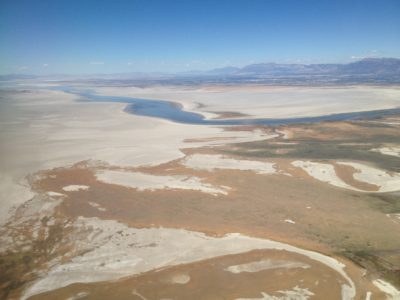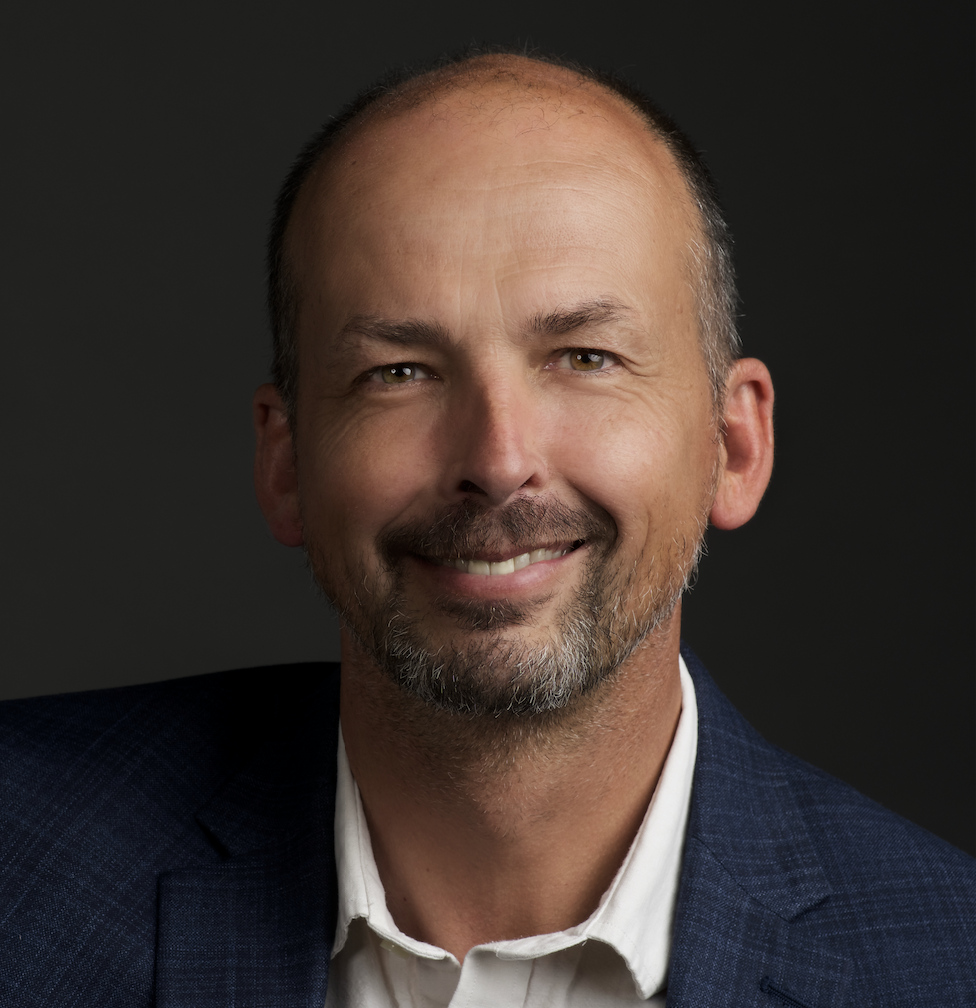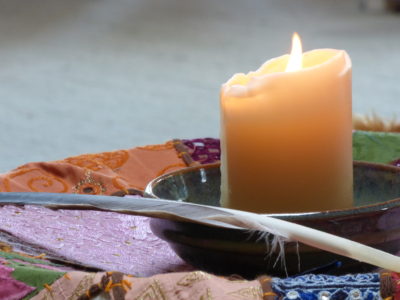
I fly a fair amount. My “home” airport is Salt Lake City, Utah. The airport sits south and east of The Great Salt Lake. The picture above is from the plane, on a September flight, of The Great Salt Lake. Doesn’t look like much of a lake, does it. This picture shows much that has receded in this year’s hot summer.
The Great Salt Lake is perplexing to me. Perpetually. It’s a shallow lake, averaging 16 feet in depth. It’s a long lake, 75 ish miles. It’s a big lake, 28 ish miles wide — but all of that varies widely due to spring runoff and summer evaporation. The surface area can vary plus or minus 50%! It’s salt water, which when combined with the heat, seems to produce really interesting colors in both the water and what is left on the dried land.
The Great Salt Lake isn’t a consistent image to me. Each time I fly (twice a month, generally), if I’m by a window, I’m not sure what I will see. There’s no fixed image — “Yah, whatever — that’s the lake. I’ve seen it before.” It varies a lot.
I suppose one of the impressions that I appreciate from the lake is that it is perplexing. It reminds me that in the work I get to do with groups, there is much that is also perplexing. Much that isn’t certain. Much that doesn’t look the way that one might think it should look. It takes some curiosity, perpetually.
Perpetual perplexity that requires perpetual curiosity. Yup, I’m OK calling that home, and inviting it with others.

